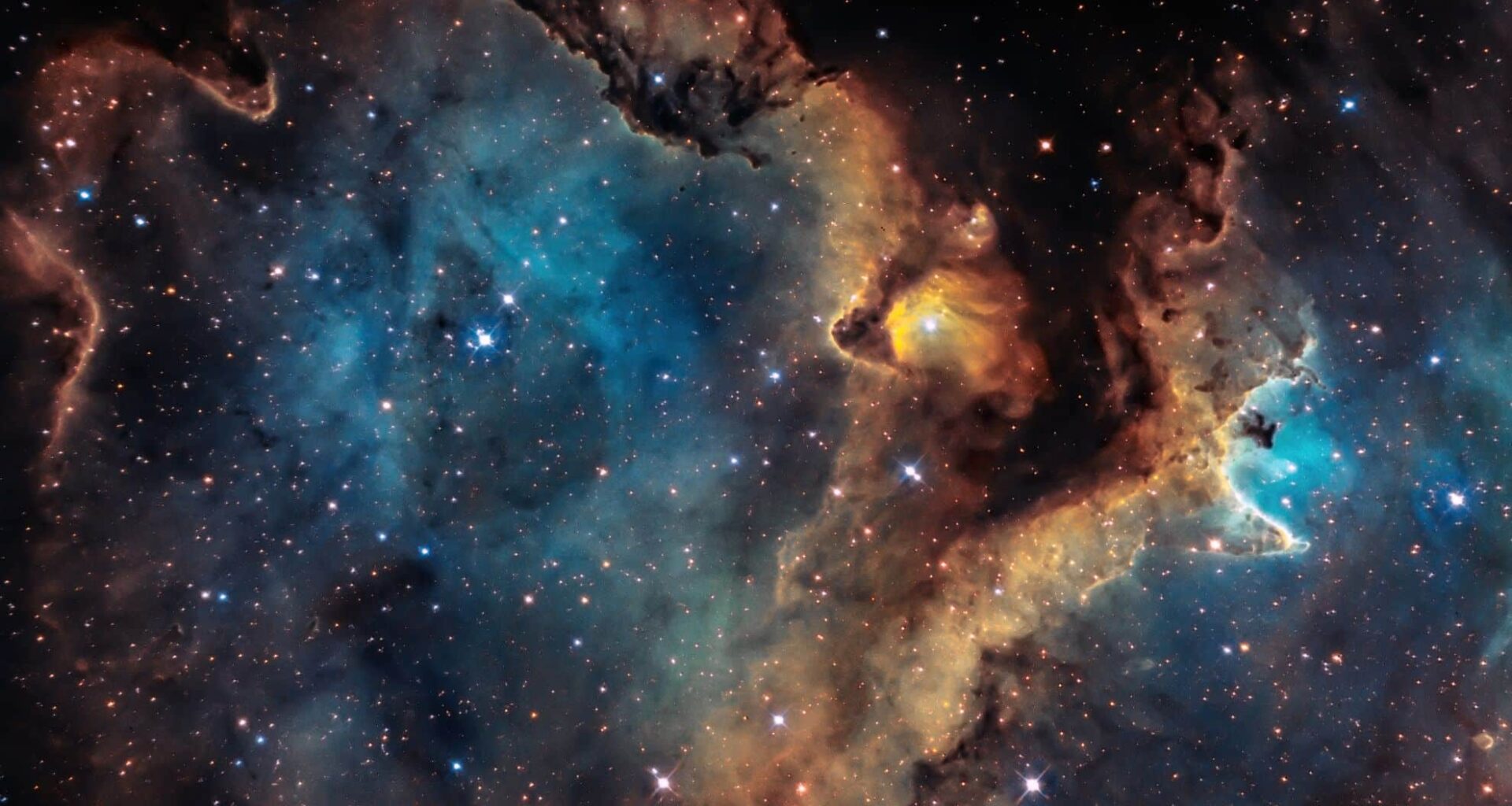New research published in the International Journal of Astrobiology suggests that cosmic rays—high-energy particles from space—could generate enough chemical energy underground to sustain life far from any sunlight. Led by Dimitra Atri and her team at the New York University Abu Dhabi Center for Astrophysics and Space Science (CASS), the study models how radiation penetrating ice and rock might fuel subsurface ecosystems on worlds like Mars, Europa, and Enceladus.
Cosmic Rays and Their Life-Giving Potential
On Earth, sunlight drives most ecosystems. Yet, deep underground, where no ray of light penetrates, life depends on entirely different energy sources. Cosmic rays, atomic nuclei, and electrons traveling nearly at light speed collide with planetary surfaces, generating secondary particle showers that can reach several yards below ground.
This constant bombardment triggers radiolysis, a process that breaks apart water molecules and releases solvated electrons. These electrons carry energy that resilient microbes could use to survive. On our planet, radiation-driven hydrogen production has been shown to support microbial communities deep within basalt aquifers. The bacterium Desulforudis audaxviator, thriving 1.7 miles underground in a South African gold mine, lives entirely on radiation-driven chemistry rather than sunlight, proving that life can adapt to extreme environments.
A Radiolytic Habitable Zone Beyond the Goldilocks Paradigm
For decades, astrobiology has been centered on the concept of the Goldilocks zone, the orbital region around a star where conditions allow liquid water to exist on the surface. This new research redefines that approach by introducing the idea of a radiolytic habitable zone, a region determined not by a planet’s distance from its star but by how deep cosmic rays can penetrate and deliver energy underground.
Simulations using the GEANT4 modeling framework demonstrate how radiation interacts with the icy crusts of different worlds. Enceladus appears to be the most promising candidate, where radiolytic energy could generate chemical power sufficient to drive about ten million ATP molecules per gram of ice per second at a depth of six feet.
Mars follows closely behind because its thin atmosphere allows cosmic rays to reach the surface, even though its rocky crust quickly absorbs the radiation. Europa presents another fascinating case: its thick ice layer allows radiation to travel deep underground, though the energy becomes increasingly dispersed.
Life in Darkness: Earth’s Proof of Concept
Evidence from Earth strongly supports this theory. Microbial communities near the Juan de Fuca Ridge survive on hydrogen produced through radiation-driven reactions occurring in underwater rock layers. These real-world examples show that radiation-derived energy sources are not just theoretical but a proven means of sustaining life without sunlight or organic input from the surface.
This raises the possibility that planets and moons with buried water or ice might already be hosting similar subsurface ecosystems, waiting to be discovered.
Cosmic Rays and the Origins of Life
Radiation may not only sustain life but might also have helped to create it. On early Earth, high-energy cosmic rays interacting with water and minerals could have driven the chemical reactions necessary for the synthesis of amino acids, sugars, and other fundamental building blocks of biology. If this process contributed to life’s emergence here, it could still be operating beneath the surfaces of Mars, Europa, and Enceladus today, offering a pathway for life to exist in environments far removed from any star.
The Search for Subsurface Life
Upcoming space missions are being designed with this new paradigm in mind. The European Space Agency’s Rosalind Franklin rover, planned for launch in 2028, will drill down to a depth of about 6.6 feet on Mars, targeting areas shielded from damaging radiation while potentially enriched by radiolytic energy.
NASA’s Europa Clipper will map the icy crust of Jupiter’s moon in search of underground reservoirs of water that could be investigated by future landers. A proposed Enceladus Orbilander mission aims to study plume particles from orbit before landing to directly analyze ice fissures for signs of life.
By treating cosmic radiation as an energy source rather than merely a hazard, these missions may unlock the secrets of hidden biospheres beneath alien surfaces.
